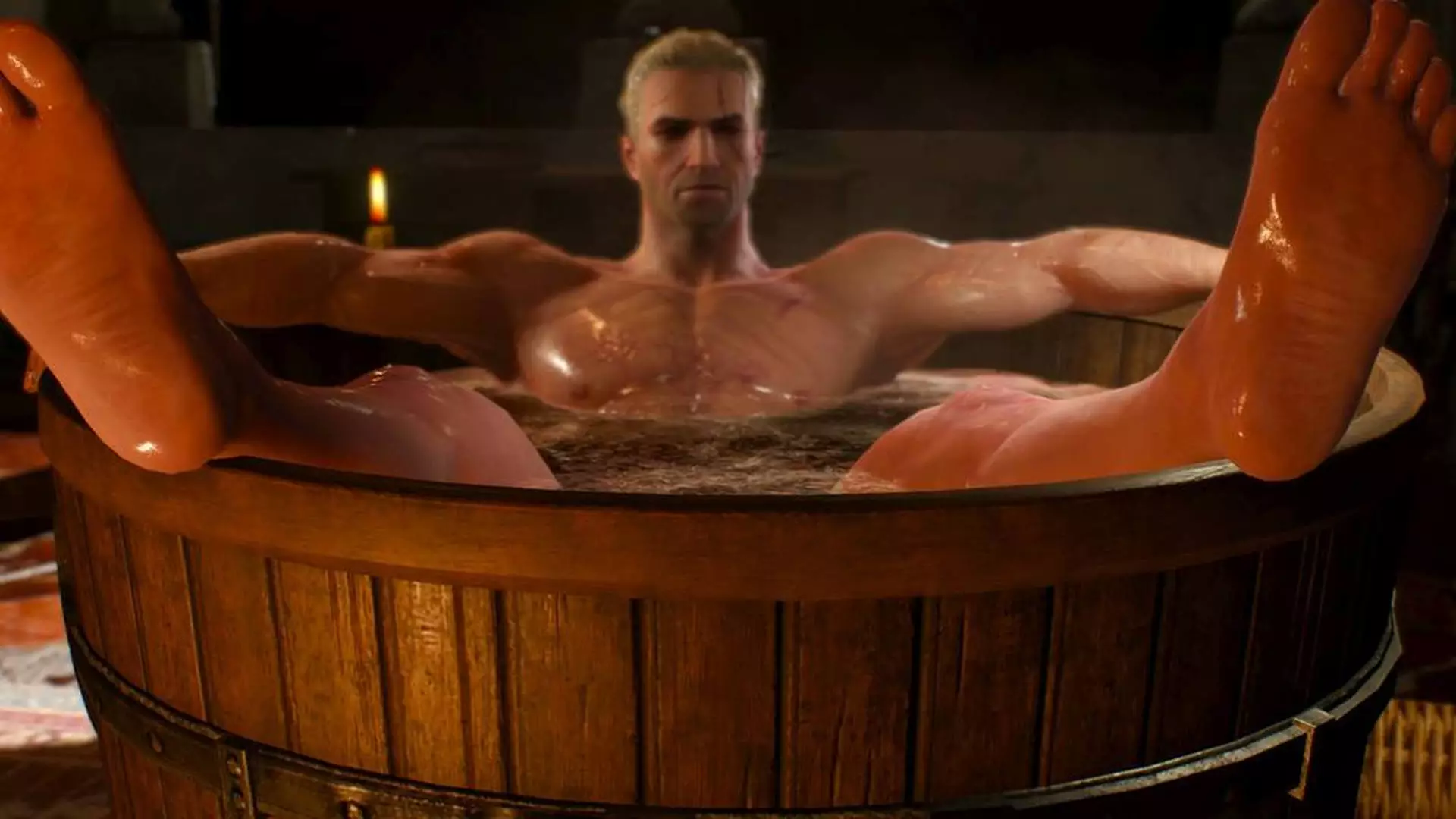In the realm of video game design, the balance between realism and enjoyment can often present a conundrum. CD Projekt Red recently reopened a door into their creative process by revealing an abandoned concept for *The Witcher 3: Wild Hunt*. They considered a mechanic that would penalize players by having Geralt drown if he entered water while fully armored. This unique twist aimed to deepen immersion, forcing players to consider when and how to traverse bodies of water. However, the question looms: at what point does this realism tip the scale toward frustration?
The Underlying Challenge of Realism
While the intention behind this mechanic is commendable, the idea of stripping down to swim feels inherently impractical in the context of an action RPG. Imagine Geralt’s armor left unattended on a riverbank while players navigate the waters—this scenario raises multiple logistical concerns. Would the armor disappear? Would it be stolen? Would players need to engage in an entirely new strategy for swimming? Such questions could distract from the game’s narrative and intense combat mechanics, diverting focus from engaging storytelling to cumbersome inventory management.
Moreover, the real-world implications of such a mechanic could detract from what makes *The Witcher 3* so compelling: its seamless blend of action, exploration, and rich lore. Stripping down before every swim could easily become tedious, particularly in a game renowned for its expansive open world filled with quests that frequently involve traversing various landscapes, including numerous bodies of water.
Historical Context or Gameplay Hindrance?
CD Projekt Red referenced a historical incident involving Holy Roman Emperor Frederick Barbarossa, who allegedly drowned while attempting to cool off in a river while fully clad in armor. However, drawing parallels between historical anecdotes and gameplay raises concerns about enforcing challenging mechanics without adding depth to the experience. In an age where player convenience often trumps extreme realism, the questionable design choice demonstrates the precarious line developers walk between creative concepts and player enjoyment.
The consideration of historical accuracy may add flavor, but when it comes to gameplay, the mechanics must serve the narrative rather than complicate it. For a game teeming with innovative storytelling and deeply engaging characters, adding a layer of unnecessary complexity could potentially erode the player experience.
Community Reaction Speculation
Even CD Projekt Red’s pondering of community reception—“immersive or just a bit too realistic?”—highlights the chasm between game design aspirations and player preferences. The overwhelming consensus is likely that while immersion enhances gameplay, excessive realism may lead to a decline in engagement. Gamers often seek an escape from reality; thus, imposing a drowning mechanic could feel like a burden rather than an enrichment.
Crafting games that resonate is an iterative process of refinement, and in this case, the decision to shelve the armor-drowning mechanic appears wise. By focusing on core gameplay elements and narrative depth, CD Projekt Red sets a high bar for the industry. Let’s hope that in the development of future titles, they continue to prioritize mechanics that enhance enjoyment rather than hinder it.

